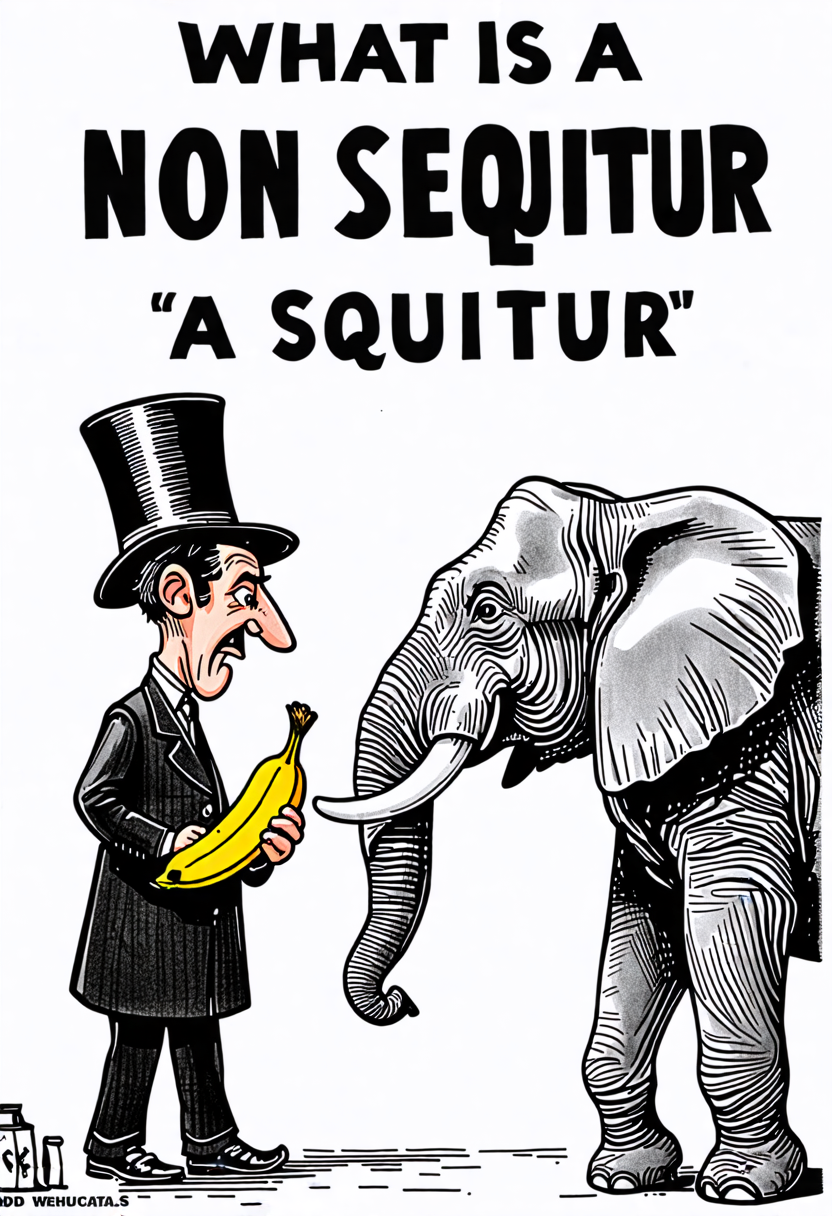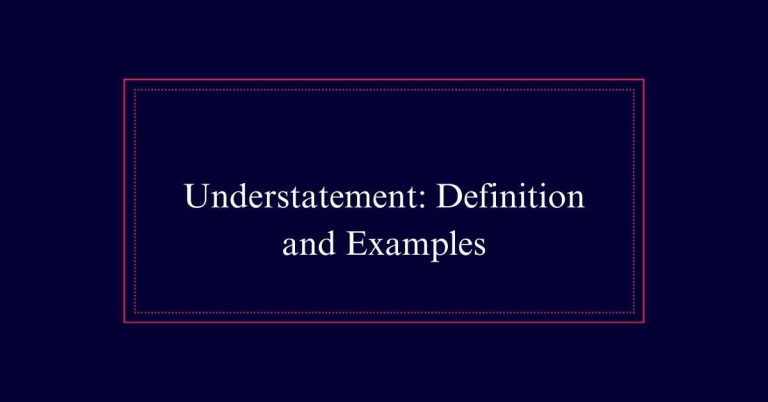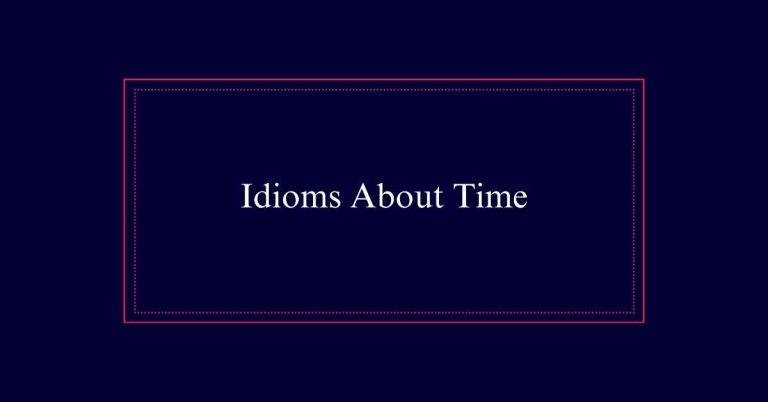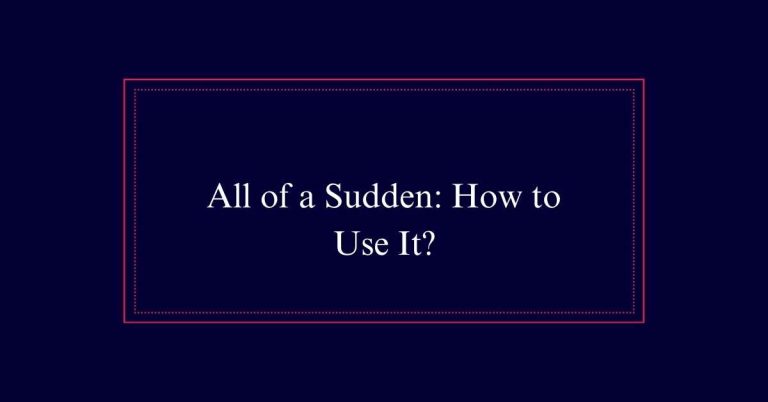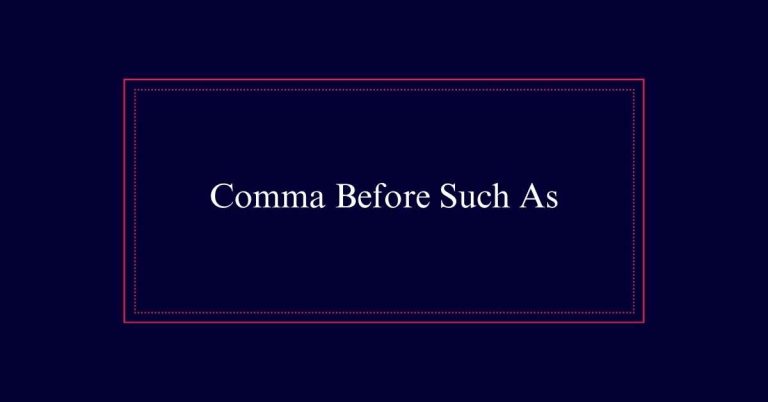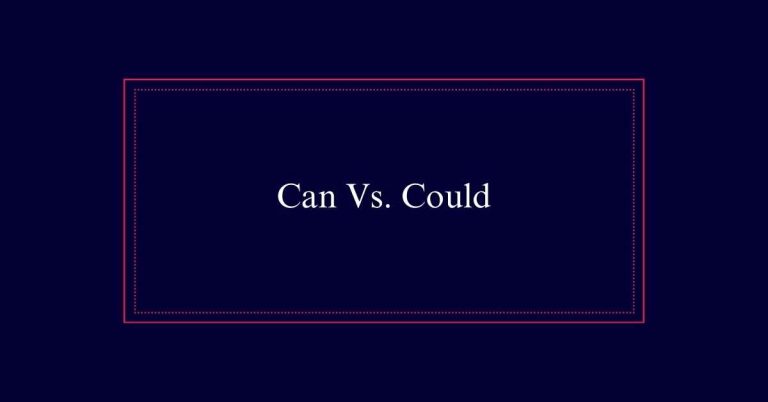What Is a Non Sequitur?
A non sequitur is a statement that does not logically follow from the preceding argument or statement, creating a disconnect. The term originates from Latin, meaning “it does not follow.” Common in humor and literature, it introduces absurdity and surprise.
For instance, Lewis Carroll’s “Alice’s Adventures in Wonderland” and comedy sketches by “Monty Python” frequently employ non sequiturs for comedic effect. In arguments, a non sequitur can make reasoning invalid, as the conclusion does not logically align with the premises.
Definition of Non Sequitur
Defined by its Latin roots, a non sequitur refers to a statement that does not logically follow from the previous argument or statement. Essentially, it is a response or remark that is unrelated to what was previously mentioned.
This can often create confusion or humor, depending on its context. Non sequiturs are commonly used in jokes, comedy, and dialogue to generate unexpected humor. They function as a literary device to add an element of surprise or to reveal character traits indirectly.
However, it is essential to use non sequiturs judiciously in writing. Overuse can disrupt the flow and coherence of the text, making it difficult for readers to follow the narrative or argument.
Origins of the Term
The term ‘non sequitur’ originates from Latin, meaning ‘it does not follow.’ This phrase has been used in various contexts, primarily in logic and rhetoric, to describe statements or conclusions that do not logically follow from previous statements. In literature and dialogue, non sequiturs are employed to create humor, confusion, or to highlight a character’s peculiar traits.
Below is a brief comparison to clarify its usage:
| Context | Meaning |
|---|---|
| Logic | A conclusion that does not follow |
| Literature | A statement unrelated to the previous |
| Context | Purpose |
| Logic | Identify flawed reasoning |
| Literature | Add humor or reveal character traits |
Non Sequiturs in Comedy
In comedy, non sequiturs create unexpected humor by presenting statements that seem absurdly disconnected from the preceding dialogue. This technique leverages the surprise factor, making the audience laugh due to the sheer absurdity.
For example, a character might respond to ‘How was your day?’ with ‘I have a pet llama.’ This randomness can be hilarious, breaking conventional conversational patterns.
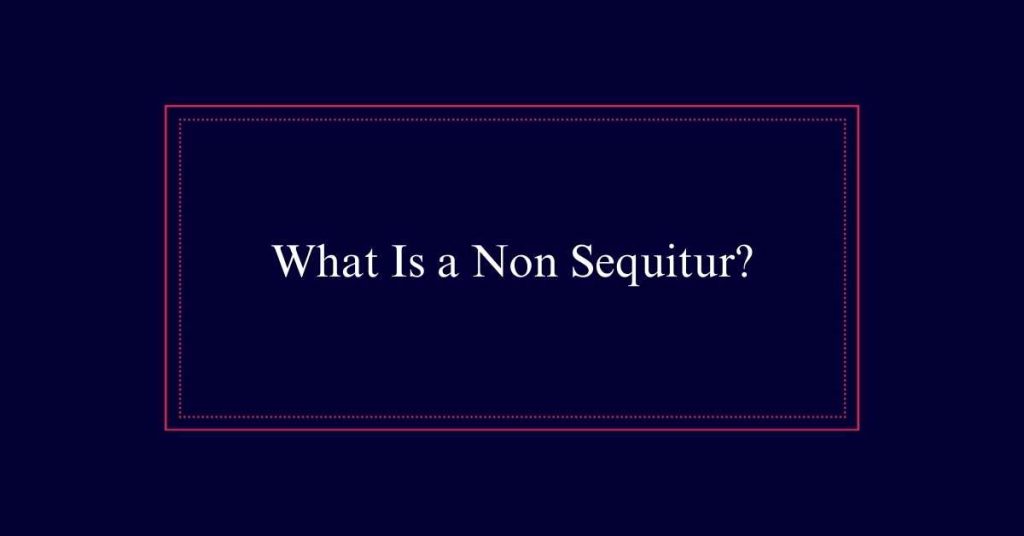
Shows like ‘Monty Python’s Flying Circus’ excel in using non sequiturs to create surreal and unpredictable comedy. The abrupt shift in context catches the audience off guard, eliciting laughter.
Non sequiturs thrive in comedic settings because they defy expectations and introduce an element of surprise, making the humor feel fresh and spontaneous.
Literary Use of Non Sequiturs
While non sequiturs enhance comedic dialogue, they also play a significant role in literature by adding depth to characters and scenes. Authors use non sequiturs to reveal personality traits and create memorable interactions.
These unexpected responses can highlight a character’s eccentricity, confusion, or unique perspective. In addition, non sequiturs can introduce an element of surprise that keeps readers engaged. They help convey the unpredictability of real-life conversations, adding authenticity to dialogue.
However, it is essential for writers to use them sparingly. Overuse can disrupt the narrative flow and confuse readers. When balanced well, non sequiturs enrich the text, making characters more complex and interactions more dynamic.
Famous Literary Examples
Lewis Carroll’s ‘Alice’s Adventures in Wonderland’ offers a wealth of non sequiturs that enhance its whimsical and surreal tone. The dialogue often takes unexpected turns, creating a dreamlike atmosphere. For example, the Mad Hatter’s tea party is filled with statements that do not logically follow each other, contributing to the absurdity.
Another famous instance is the Cheshire Cat’s cryptic advice, which often ignores Alice’s questions and provides unrelated responses. These non sequiturs help to depict Wonderland as a place where logic does not apply.
Similarly, in Franz Kafka’s ‘The Metamorphosis,’ the sudden and unexplained transformation of Gregor Samsa into a giant insect disrupts the narrative’s logical flow, emphasizing the story’s existential themes.
Non Sequiturs in Modern Media
Modern media frequently employs non sequiturs to inject humor and unpredictability into storytelling.
Television shows like ‘Family Guy’ and ‘Rick and Morty’ often use non sequiturs to create unexpected and amusing moments. These sudden shifts can catch the audience off guard, making the content more engaging.
In advertising, non sequiturs can make commercials memorable by surprising viewers with unrelated, quirky elements. Social media platforms also capitalize on this technique, with memes and short videos often featuring random, off-topic humor.
In movies, directors use non sequiturs to add layers of absurdity or to showcase a character’s eccentricity. While effective, careful usage is essential to avoid confusing the audience and disrupting narrative flow.
Writing With Non Sequiturs
Incorporating non sequiturs into writing can add unexpected humor and depth to your narrative. These abrupt changes in topic can surprise the reader, creating a memorable and enjoyable experience.
Non sequiturs are especially effective in comedic writing, where they can serve as punchlines or quirky character traits. In drama, they can subtly reveal a character’s lack of focus or hidden intentions.
However, it’s critical to use them sparingly. Overuse can disrupt the flow of your story and confuse the reader. To maintain balance, make sure that non sequiturs enhance rather than detract from the narrative.
When used wisely, they can enrich dialogue and add a layer of complexity to your writing.
Non Sequitur Fallacy Explained
A non sequitur fallacy occurs when a conclusion does not logically follow from the premises. It is a flaw in reasoning that renders an argument invalid, even if the premises are true.
This fallacy can lead to misleading or absurd conclusions. For example, stating, ‘My dog is named Max, and he likes dog food. Hence, everyone named Max likes dog food,’ illustrates a non sequitur fallacy. The conclusion about everyone named Max does not logically follow from the information about a single dog.
In logic and philosophy, identifying non sequitur fallacies is important for sound reasoning. These fallacies highlight the importance of ensuring that conclusions are directly supported by the premises.
Logical Fallacy Examples
Logical fallacies undermine arguments by presenting flawed reasoning that leads to invalid conclusions. One common example is the ‘straw man’ fallacy, where an opponent’s position is misrepresented to make it easier to attack.
Another is the ‘ad hominem’ fallacy, which targets the person instead of addressing the argument.
The ‘appeal to authority’ fallacy assumes something is true because an authority figure says it is, even if they lack expertise.
The ‘false dilemma’ fallacy presents only two options when more exist.
Lastly, the ‘slippery slope’ fallacy suggests that one action will inevitably lead to a series of negative events without sufficient evidence.
Recognizing these fallacies is important for constructing and evaluating sound arguments.
